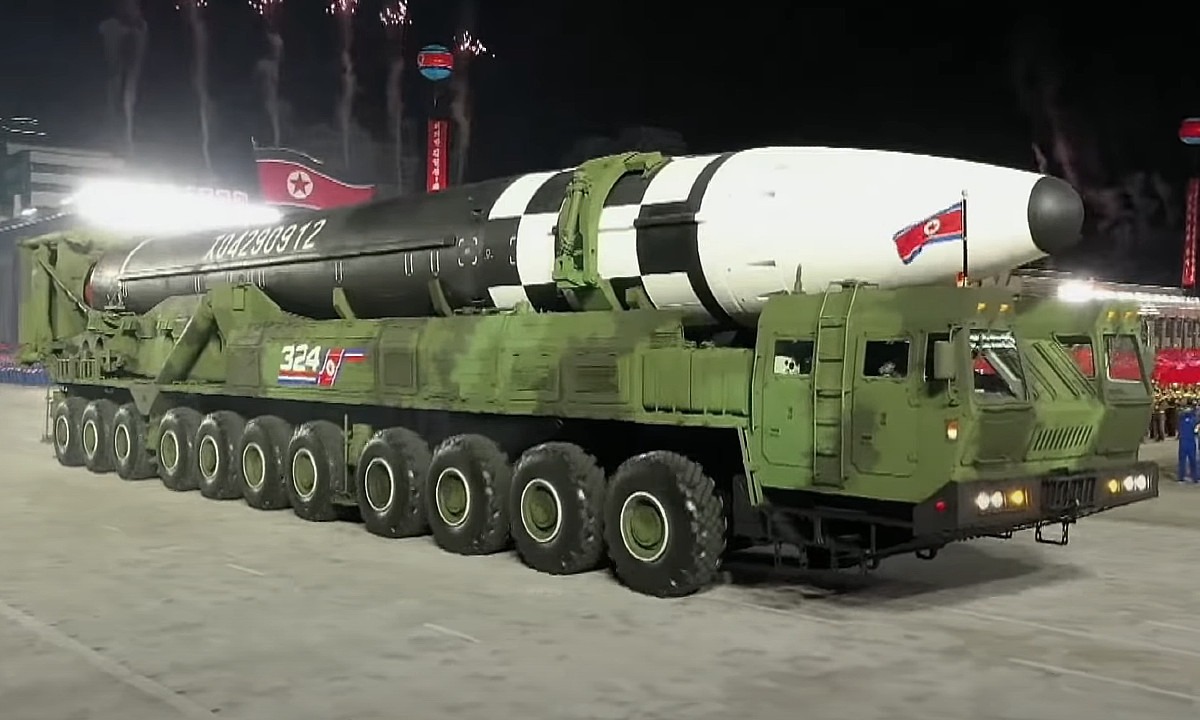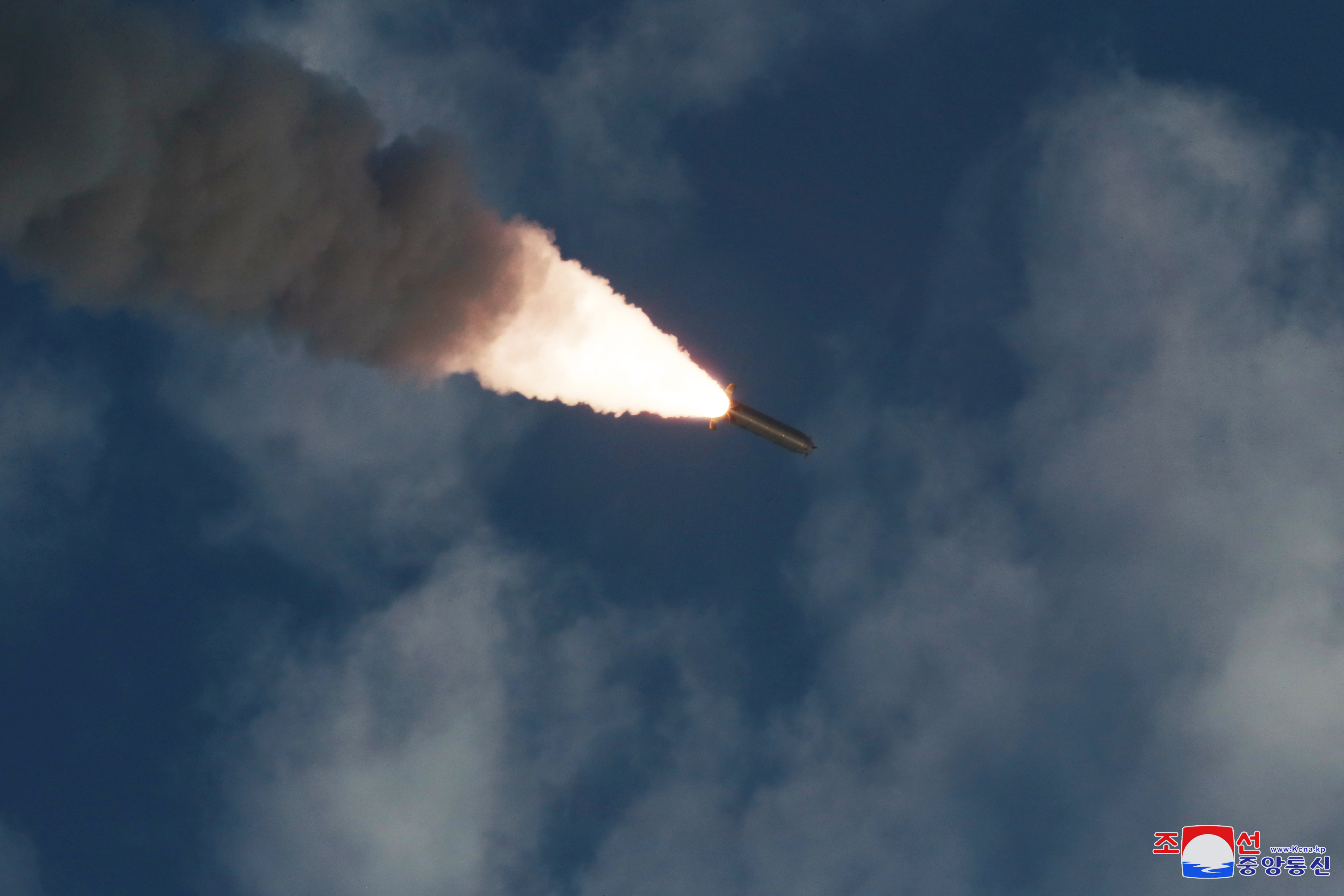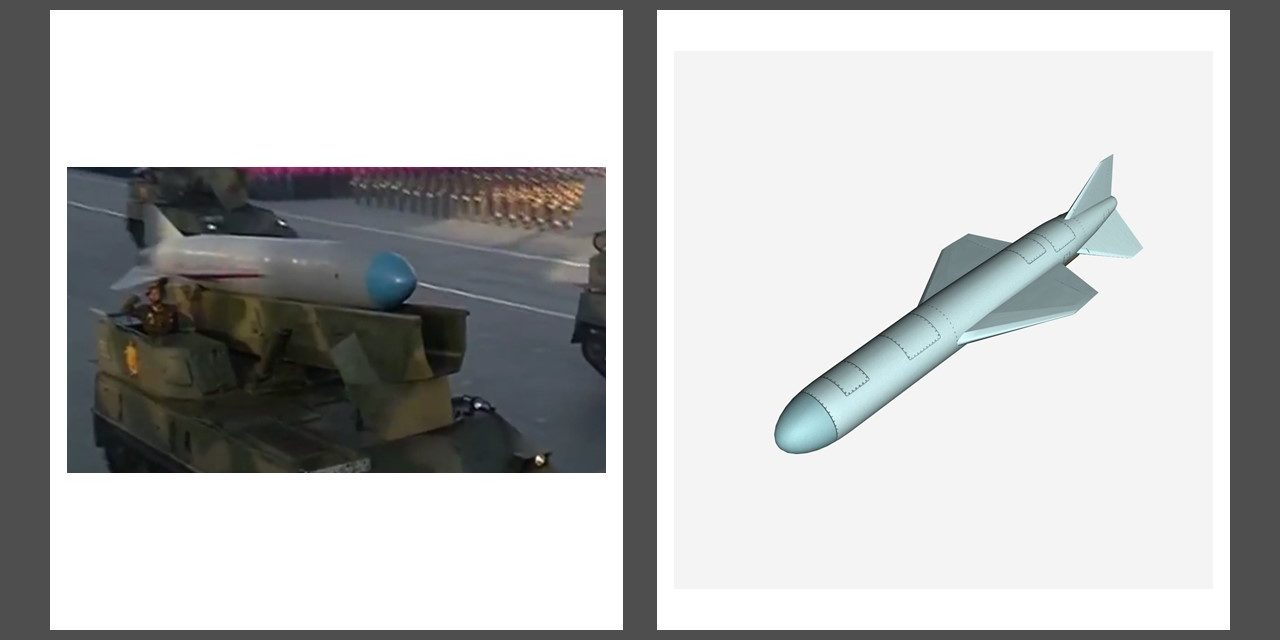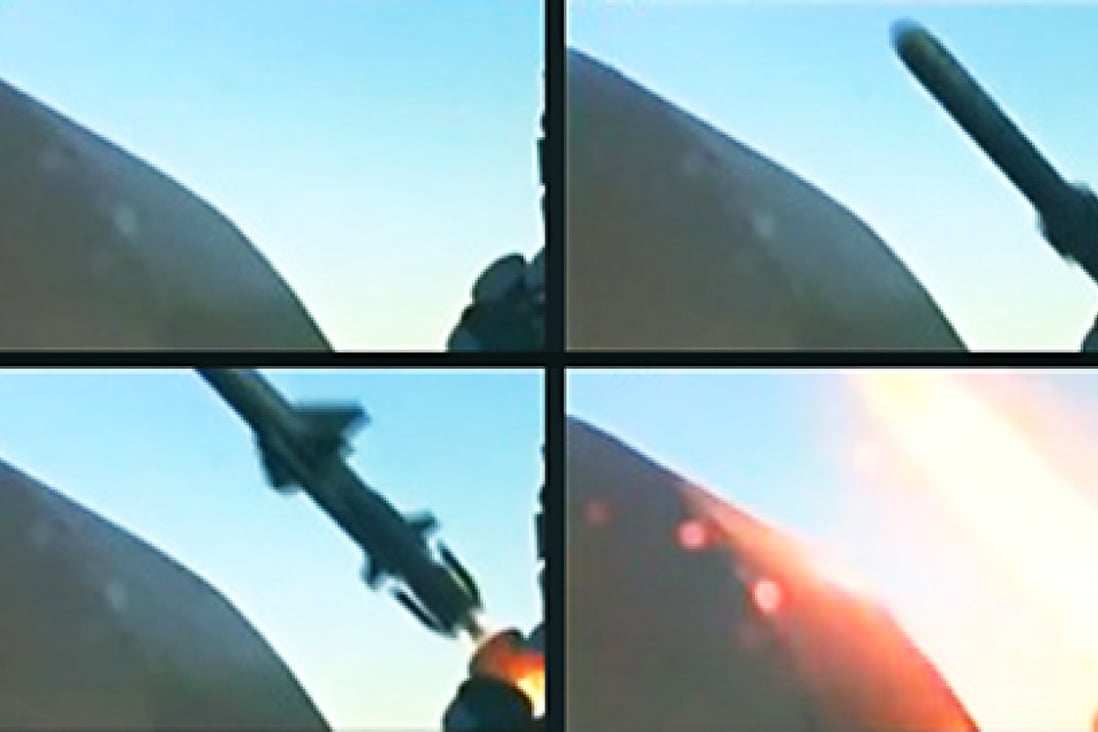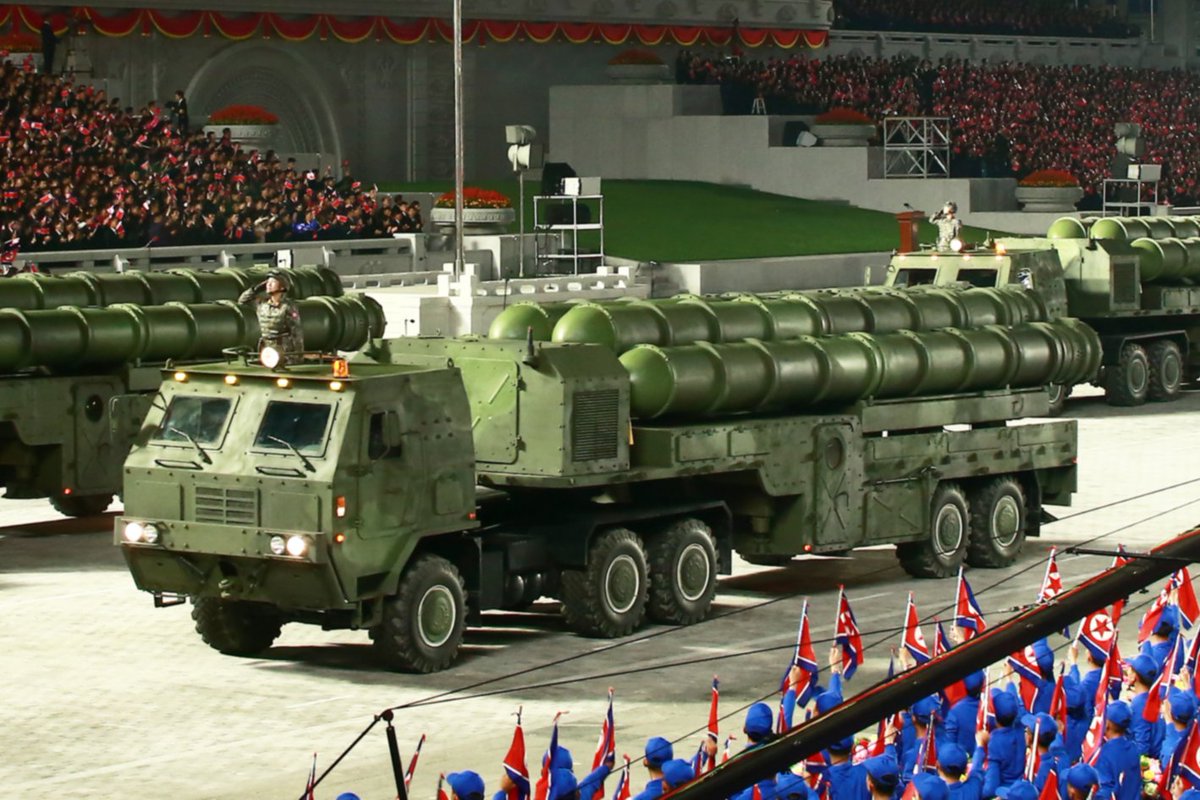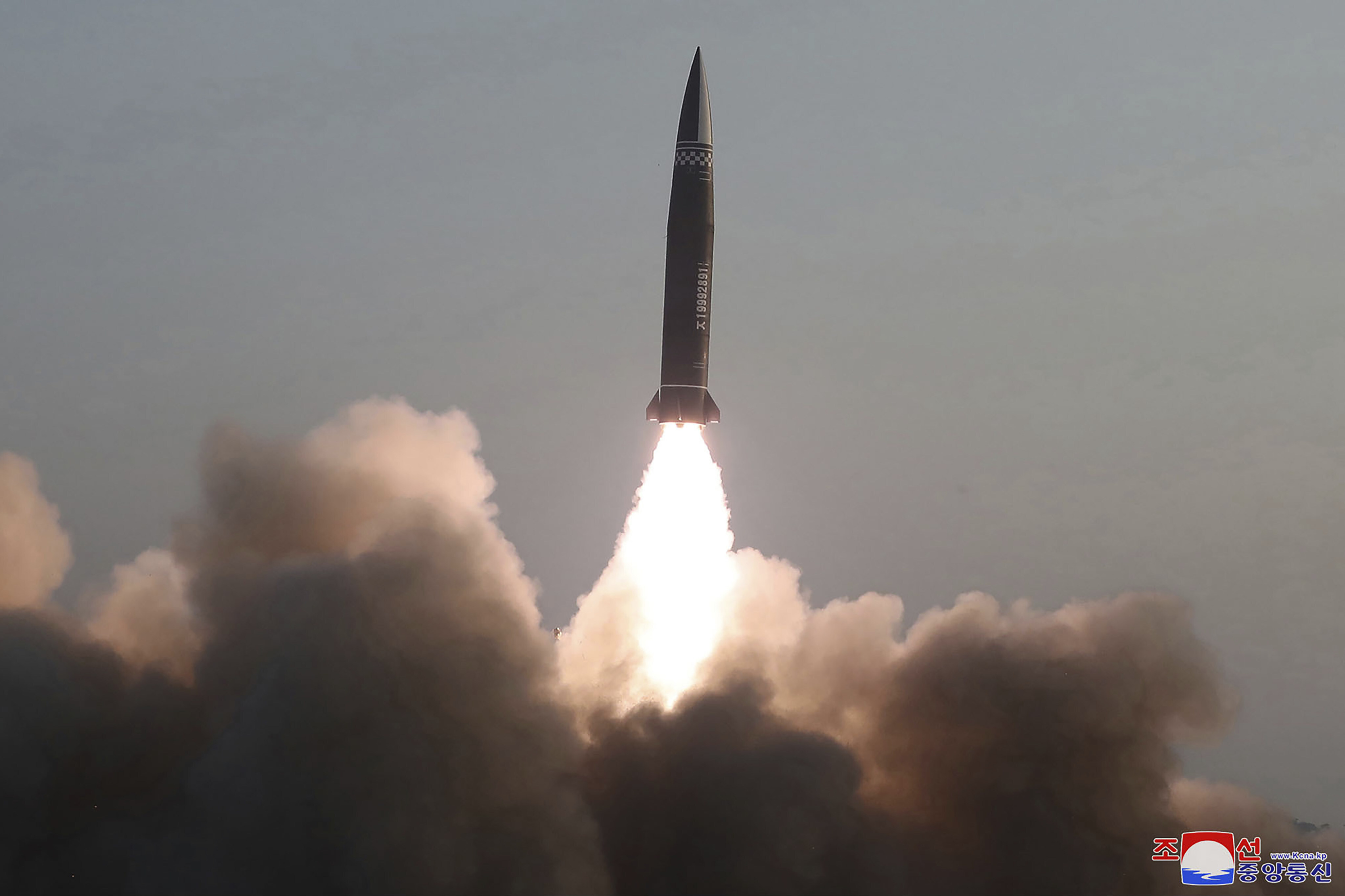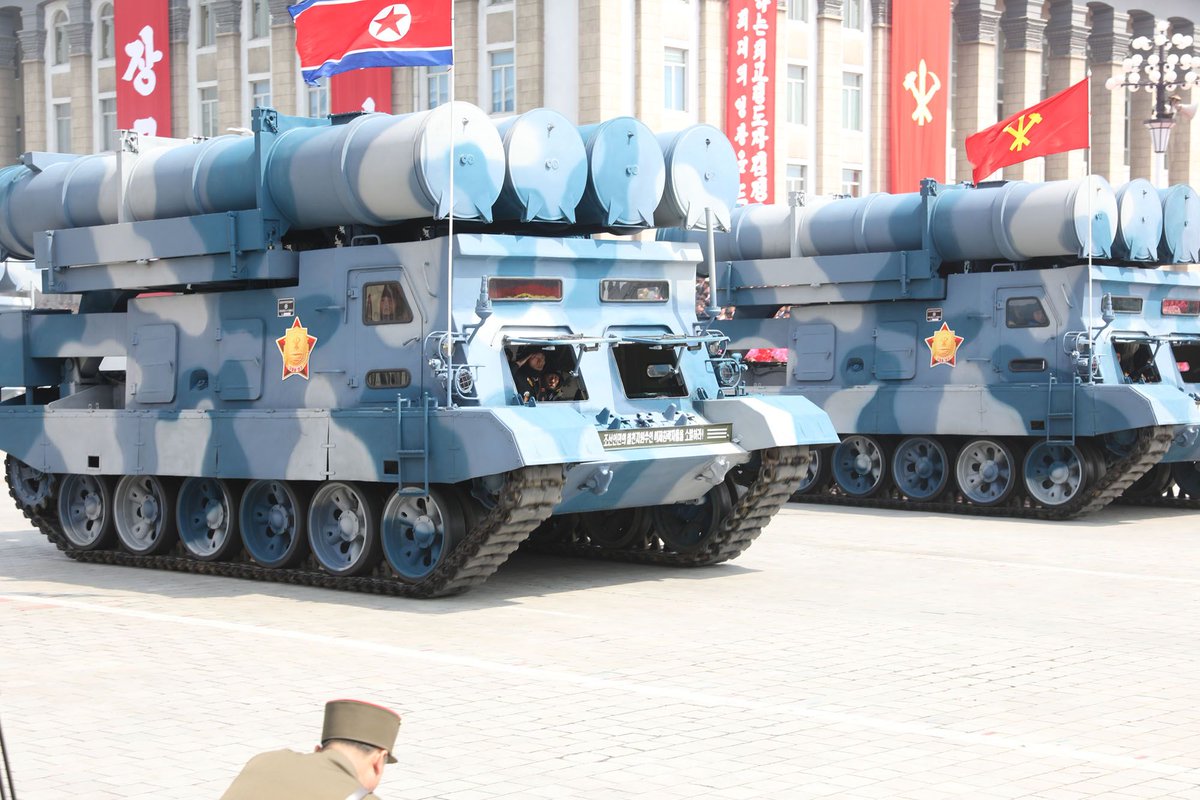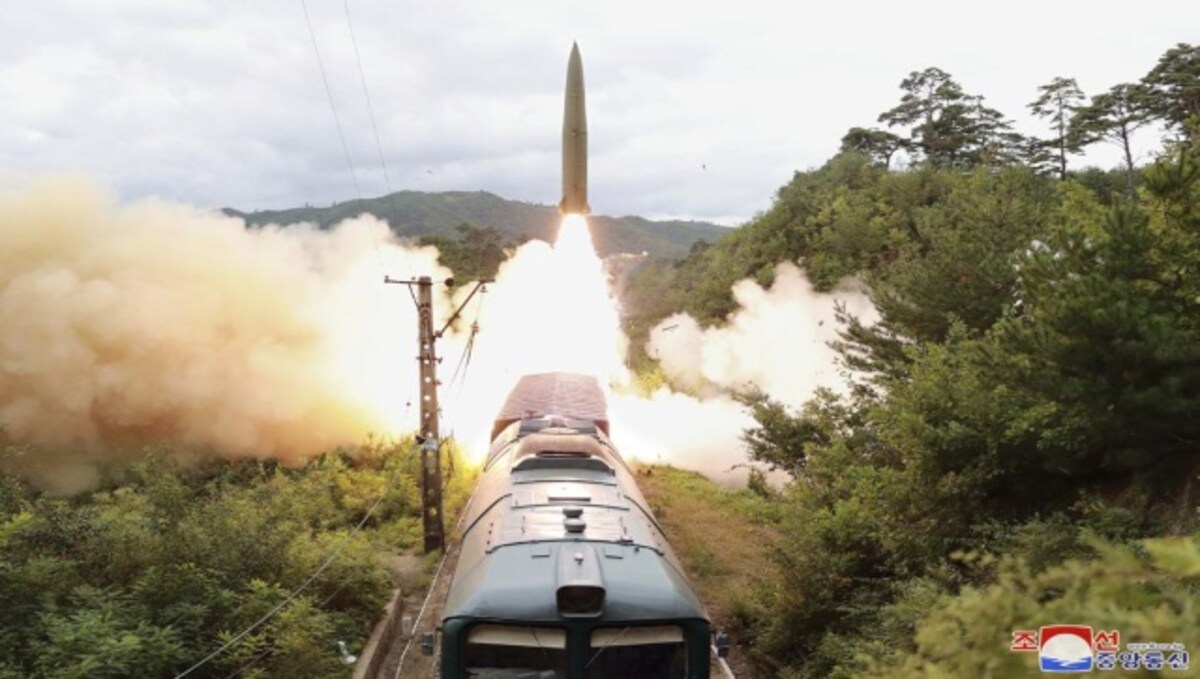North Korean Anti Ship Cruise Missile
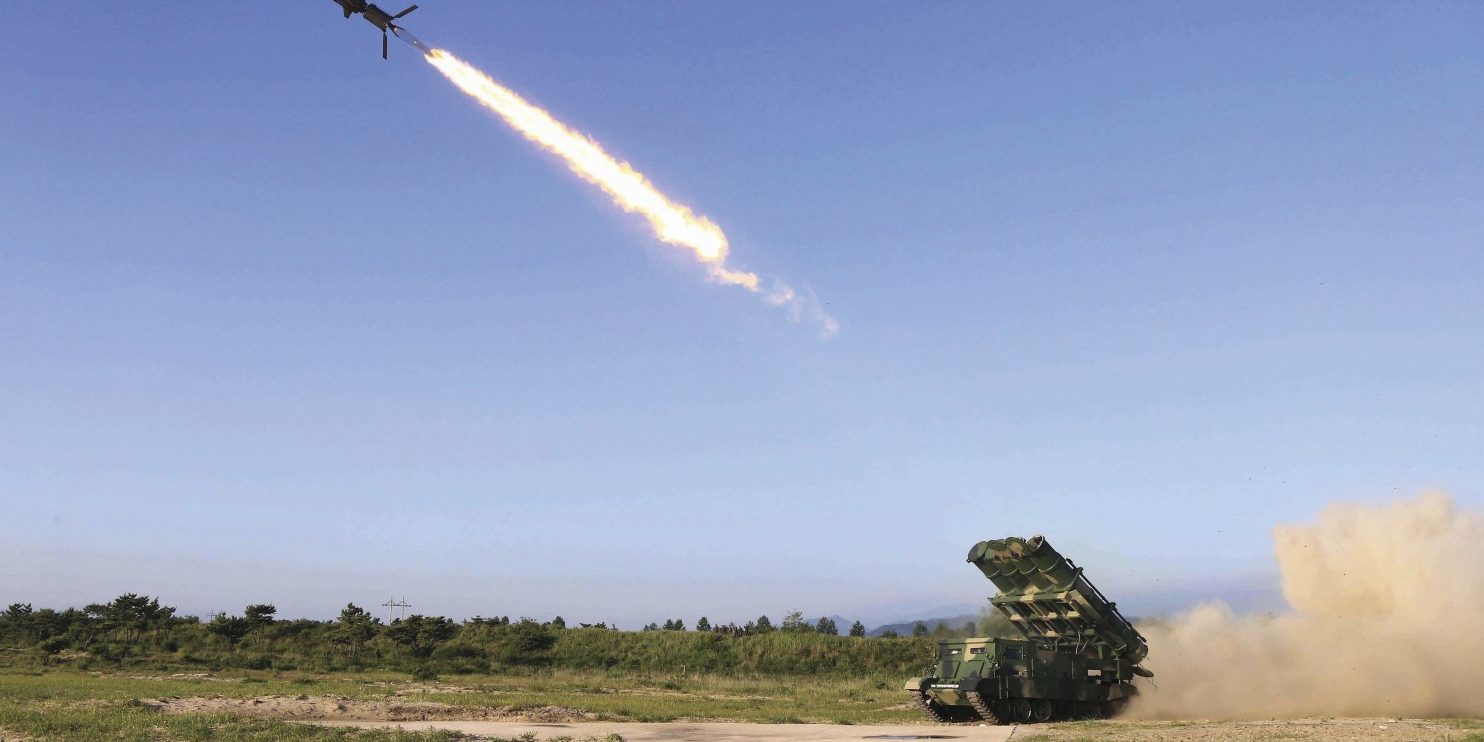
The Kumsong-3 US.
North korean anti ship cruise missile. The statements claim that the missile uses a turbofan engine is consistent with the reported range speed and size of the missile. North Korea fired at least one anti-ship cruise missile earlier this month a South Korean military official told reporters on Thursday partially confirming an earlier report from a South Korean media organization that a test fire happened sometime around the US. A cruise missile is a guided missile used against terrestrial targets that remains in the atmosphere and flies the major portion of its flight path at approximately constant speed.
The media evaluated this as a possible aircraft carrier killer or anti-ship missile giving South Korea a security advantage. The KN-01 is a North Korean anti-ship cruise missile that is an extended-range variant of the Soviet P-15 Termit SS-N-1 Styx and Chinas CSS-C-2 SilkwormThe missiles design was exported from the Soviet Union to China from where it is believed the North Koreans attained it. On September 11 it launched a long-range cruise missile described as a strategic weapon of great significanceimplying a nuclear.
South Korea has already amassed a wealth of experience in designing and developing cruise missiles starting with the Haeseong Sea Star series of anti-ship missiles on which work began in the. North Korea probably gained access to turbofan technology by acquiring Russian Kh-35 anti-ship cruise missiles some years before the deployment in 2014 of its own apparent spin-off the Kumsong-3 KN-19 missile. North Korean state media put out images of the new cruise missile.
Since 1993 North Korea has continued to work on the KN-01 to extend its range and possibly arm it. On June 8 2017 North Korea carried out the first-ever test of its Kumsong-3 coastal defense cruise missile CDCM from near Wonsan on the countrys east coast. Cruise missiles are designed to deliver a large warhead over long distances with high precision.
A North Korean ship with MANPADS was. While North Korea had tested anti-ship cruise missiles before the missiles from its latest tests are likely built with different designs and engines that provide improved range and maneuverability experts say. In addition to ballistic missiles Pyongyang also displayed a variety of anti-ship cruise missiles anti-aircraft and anti-tank missiles UAVs and infantry weapons.
North Korea fired four anti-ship missiles into the sea east of the Korean Peninsula Thursday which the South Korean military said was intended to demonstrate its precise targeting capability. Modern cruise missiles are capable of travelling at supersonic or high subsonic speeds are self-navigating and are. Though its capabilities have not been publicized the Kumsong-3 likely shares performance characteristics with the Kh-35 which features a range of 130 250 km.
